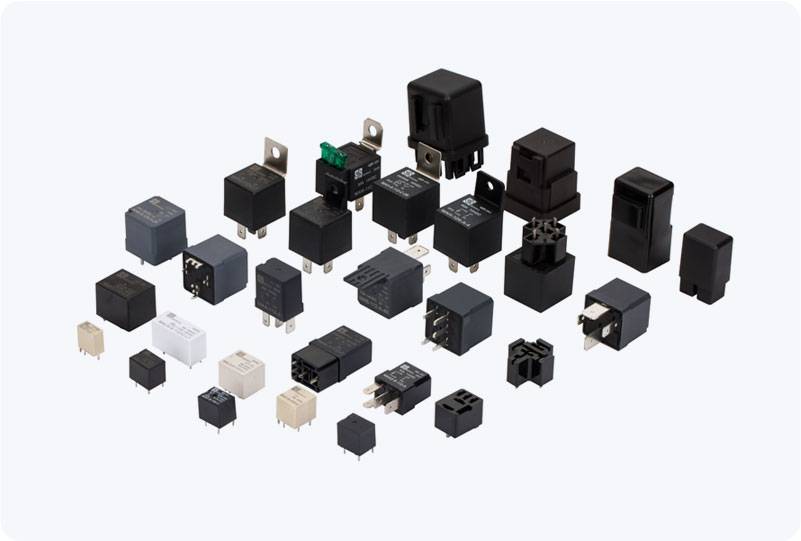optocoupler protected relay module: ensuring safe and efficient electrical control
Release time:2025-07-20 22:13:21
The Optocoupler Protected Relay Module is a vital component in modern electronic systems, widely used for controlling high-voltage loads with low-voltage control signals. Whether it's for microcontroller-based projects, automation systems, or home appliances, this module ensures both electrical isolation and efficient control. In this article, we will explore the significance of the Optocoupler Protected Relay Module, how it works, its features, and its applications in various electronic and electrical systems.

Understanding the Basics
An Optocoupler Protected Relay Module combines the functionality of an optocoupler and a relay, serving as a bridge between low-voltage control circuits and high-voltage loads. The primary function of this module is to protect sensitive electronic components, such as microcontrollers or digital circuits, from the dangerous effects of high-voltage switching. This is achieved through the electrical isolation provided by the optocoupler, which ensures that no direct electrical connection is made between the low-voltage control side and the high-voltage side of the relay.

